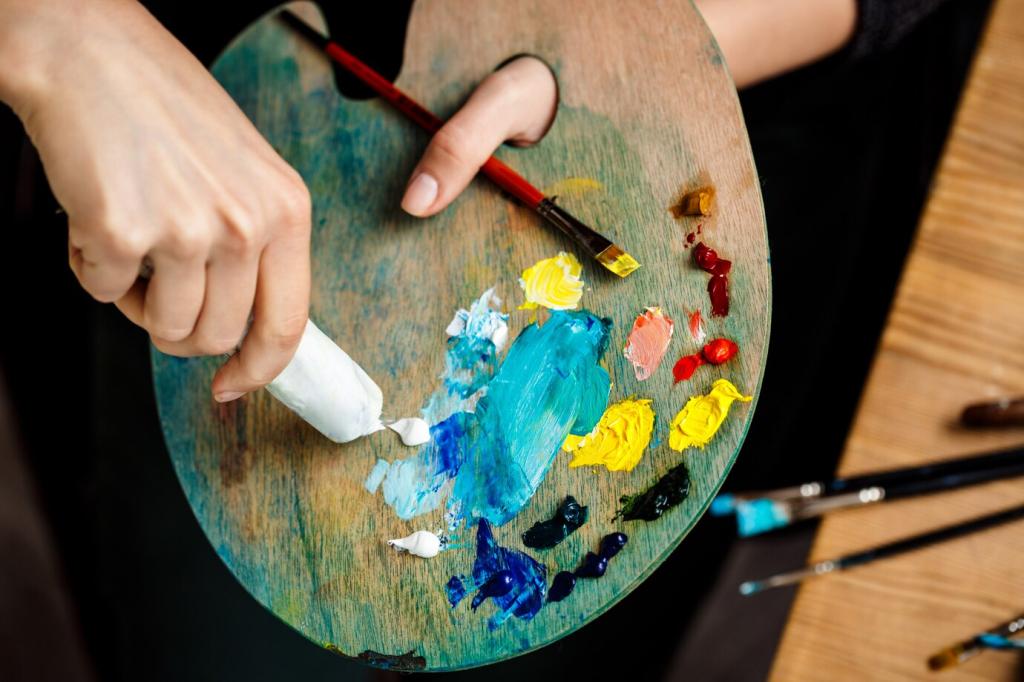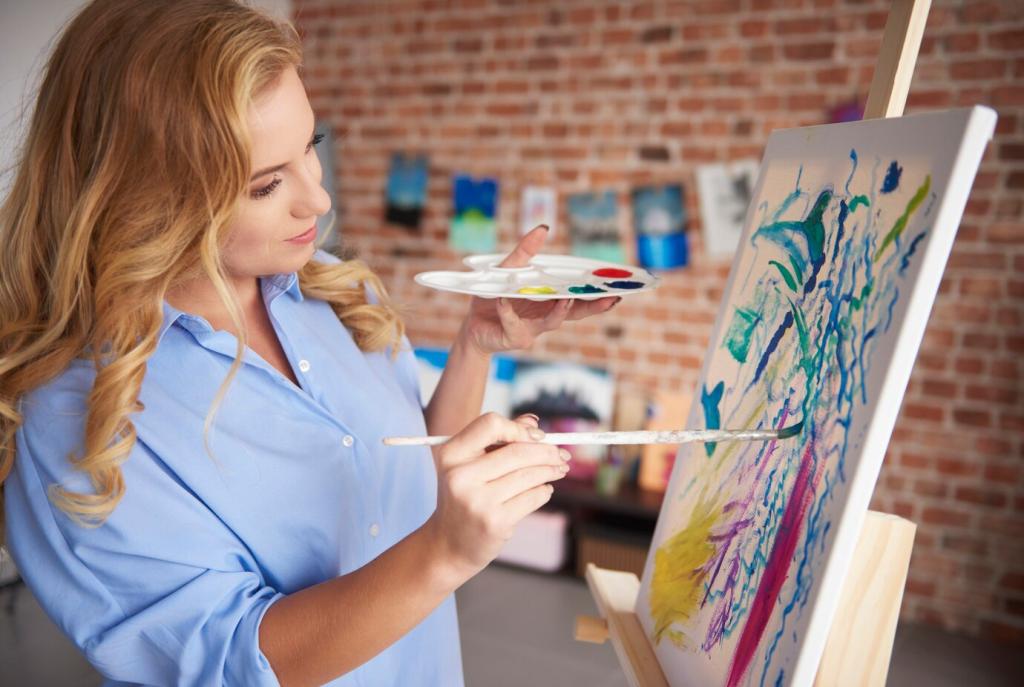
The Growth of Abstract Painting Techniques: From Early Sparks to Bold Futures
Chosen theme: The Growth of Abstract Painting Techniques. Step into a living studio of ideas where color, gesture, and daring process rewrite the rules of seeing. Join our community, leave a comment about your favorite abstract method, and subscribe for fresh studio notes each week.
Roots of Abstraction: Early Experiments and Breakthroughs
Wassily Kandinsky famously linked color to music, painting compositions that hummed and pulsed without depicting objects. His shift around 1910 opened a portal where brushstrokes carried emotion, paving paths for generations of technique explorers.
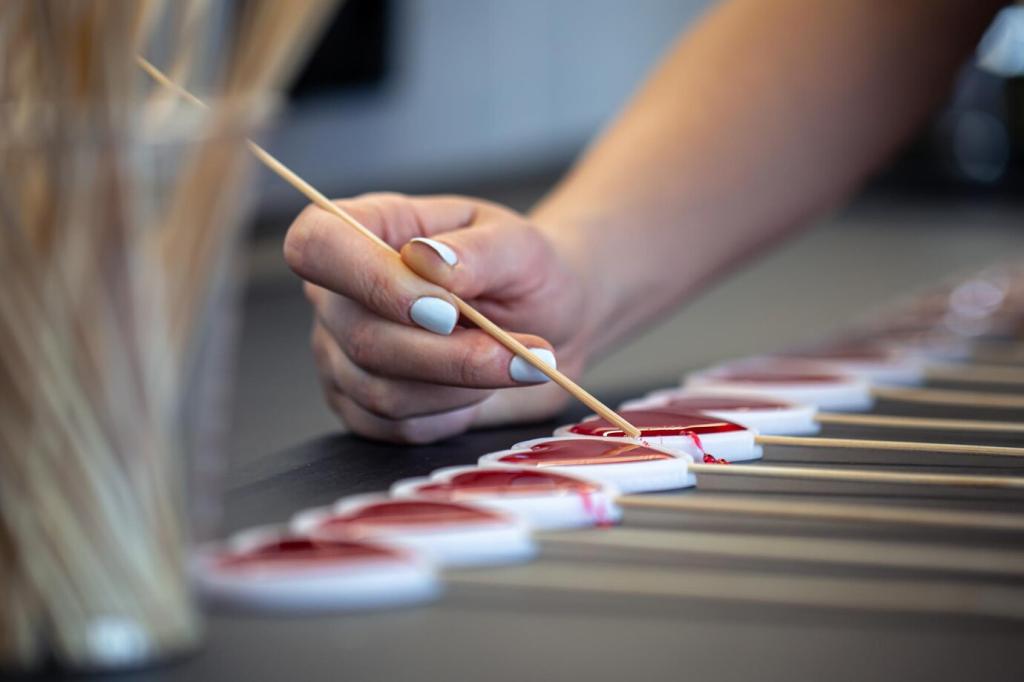
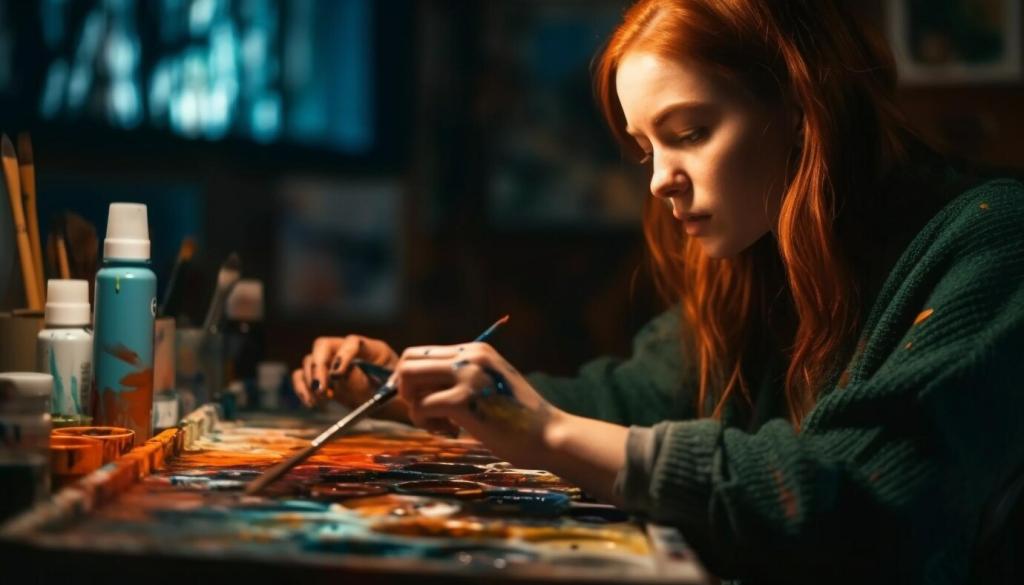

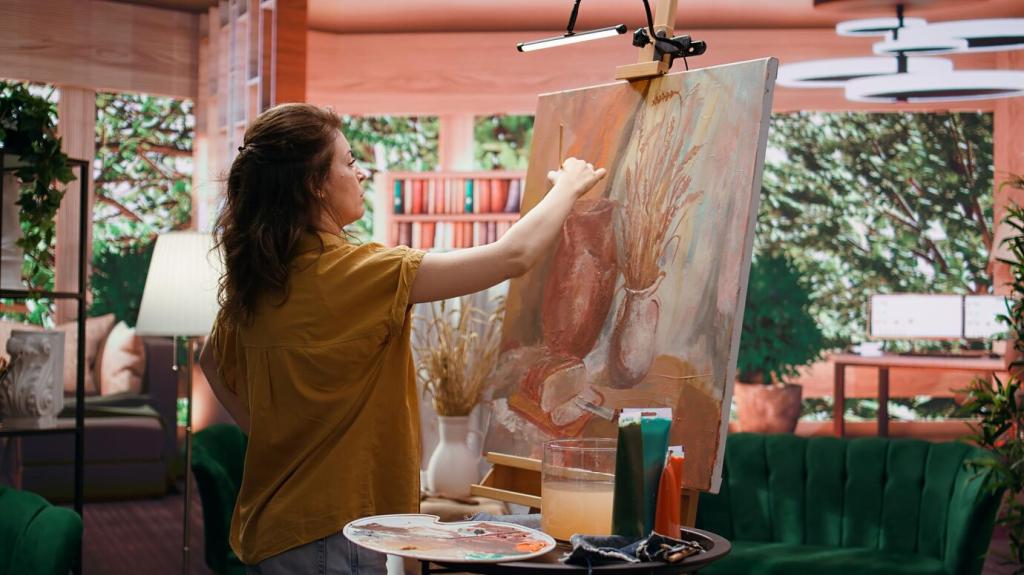
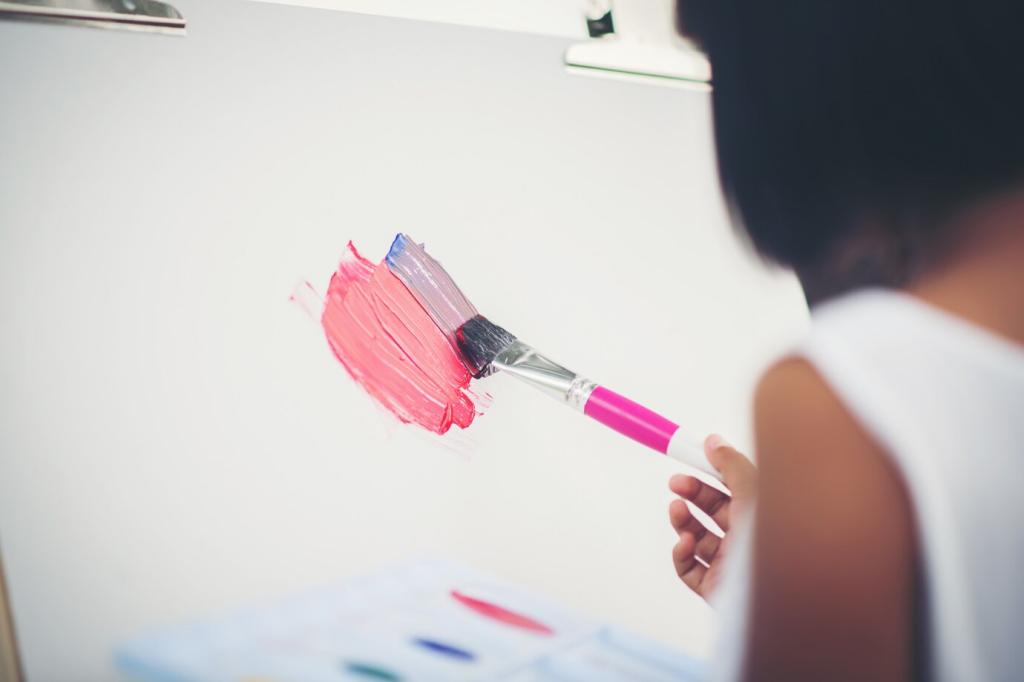
Process Blueprints: Chance, Systems, and Gesture
Begin with time-boxed mark making using non-dominant hand or closed eyes. Pause, assess emergent rhythms, then commit with bolder passes. This structured looseness protects spontaneity while guiding decisions that shape coherent technical development.

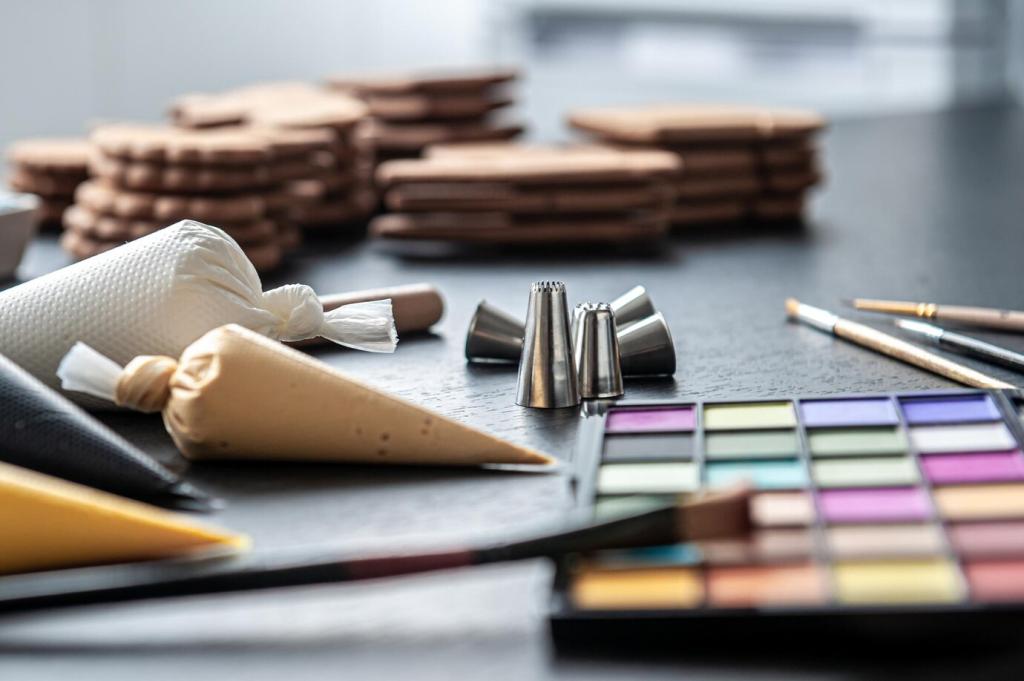
Process Blueprints: Chance, Systems, and Gesture
Set rules like limited palettes, timed layers, or alternating tool types to generate variation. Systems produce surprising outcomes by narrowing choices, letting technique evolve through iteration while maintaining a recognizable backbone for exploration.
Hybrid Horizons: Mixed Media, Digital, and Data Assisted Abstraction
Layer paper, fabric, sand, or sawdust into acrylic mediums for relief and grip. These textures redirect drips, catch dry-brushed pigment, and create luminous micro landscapes where technique becomes topography as well as color.
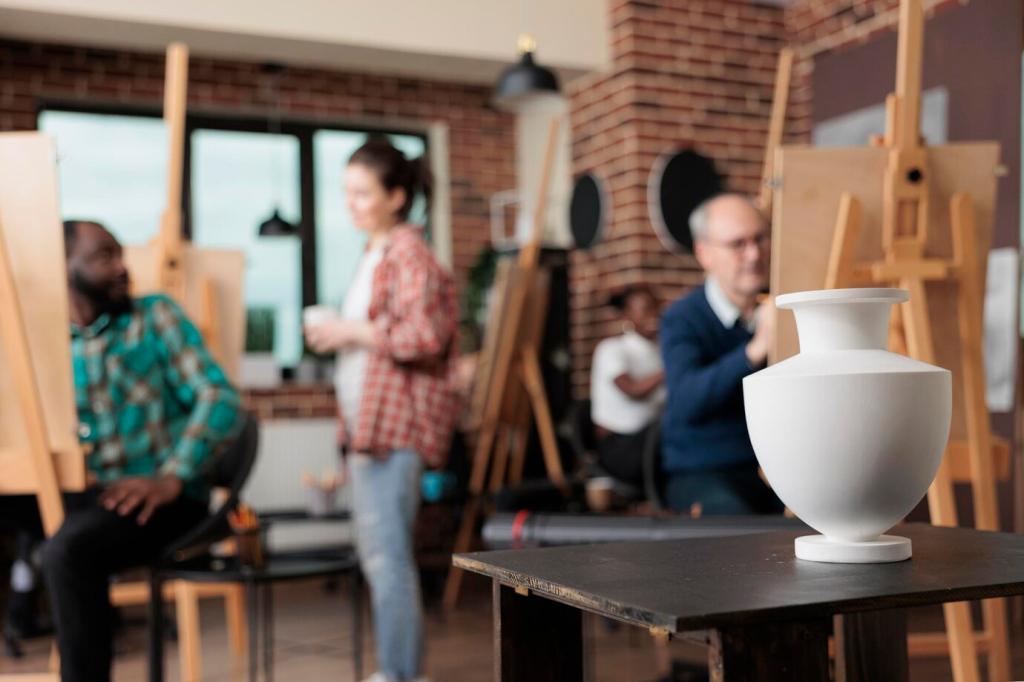
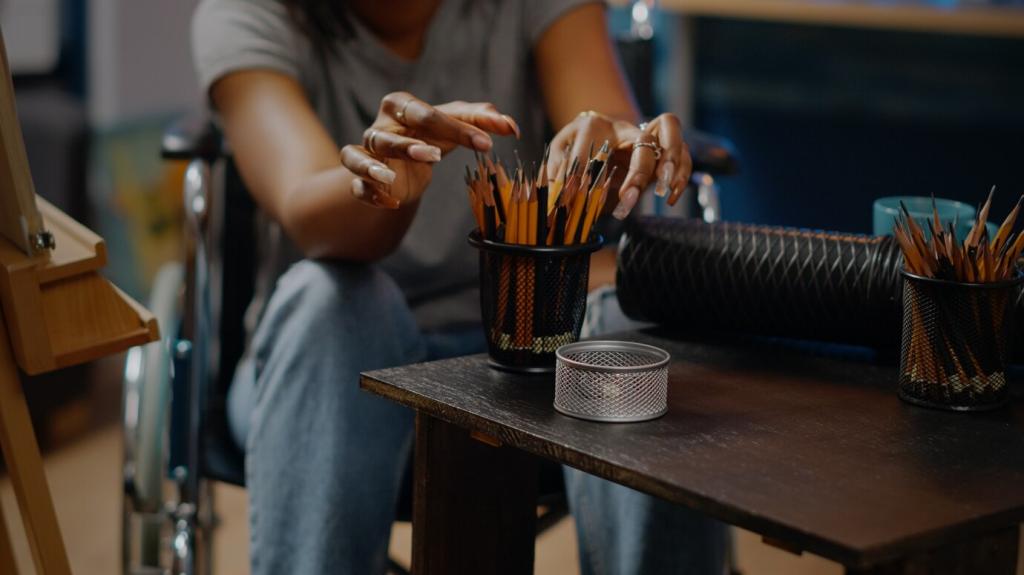
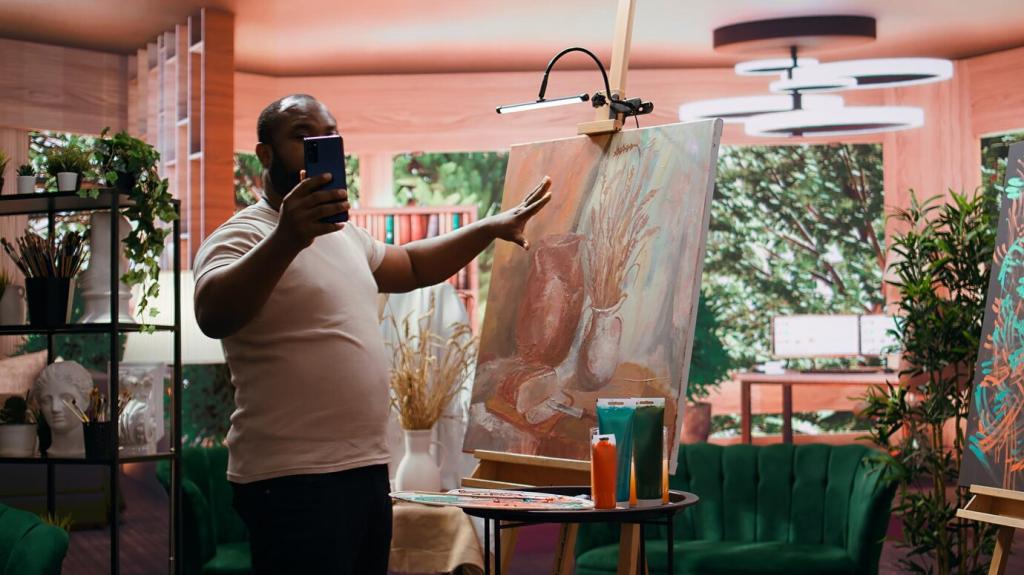
Wider Constellations: Global Voices and Overlooked Pioneers
Consider Hilma af Klint’s visionary sequences, Alma Thomas’s mosaic like strokes, and Norman Lewis’s lyrical line. Their techniques reframed abstraction through persistence and innovation, expanding the technical vocabulary available to today’s painters.
Wider Constellations: Global Voices and Overlooked Pioneers
From Lygia Clark to Hélio Oiticica, systems based experimentation, tactile participation, and color research reshaped technique. Modular decisions, viewer interaction, and innovative materials encouraged painters to treat process as an evolving, social technology.
